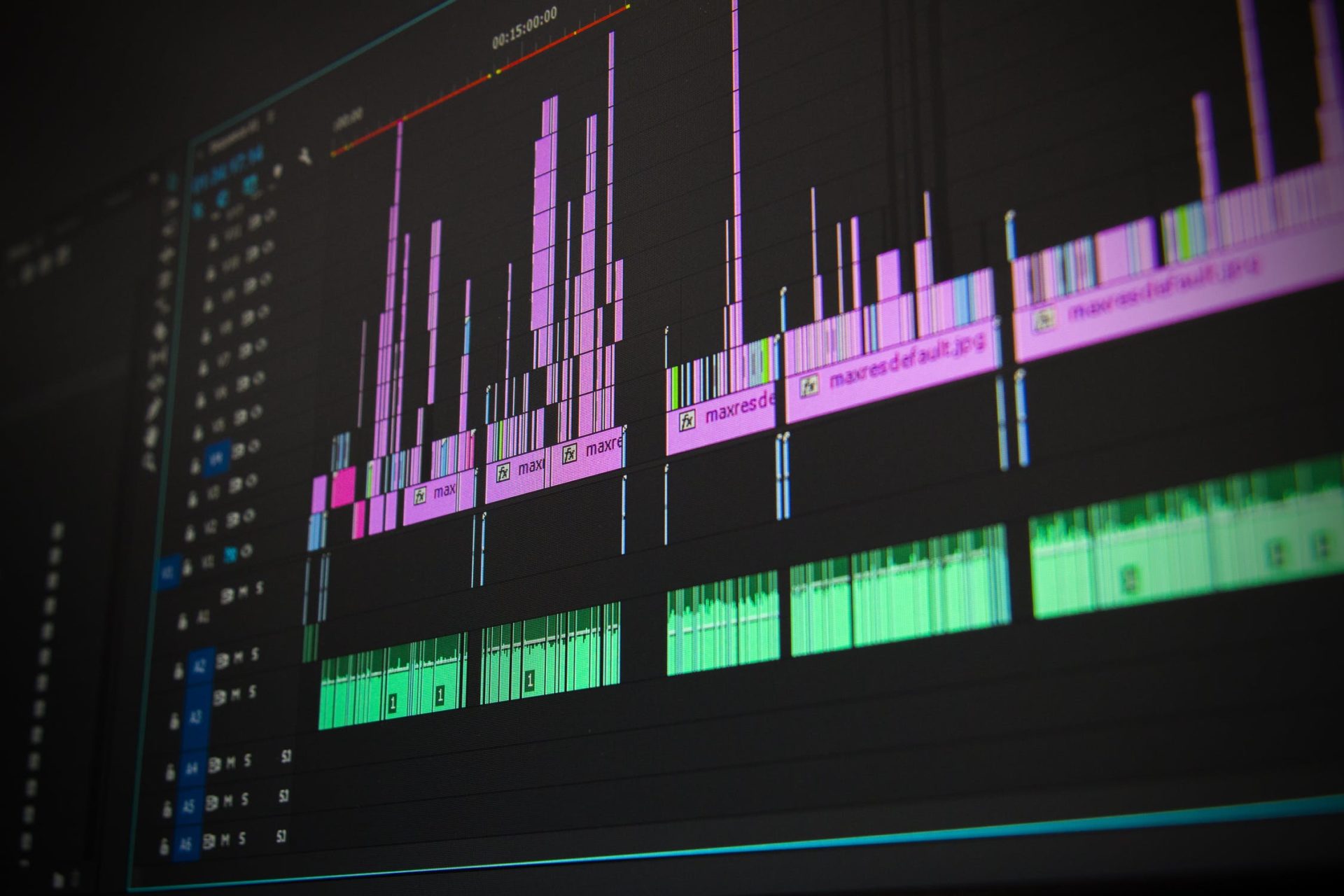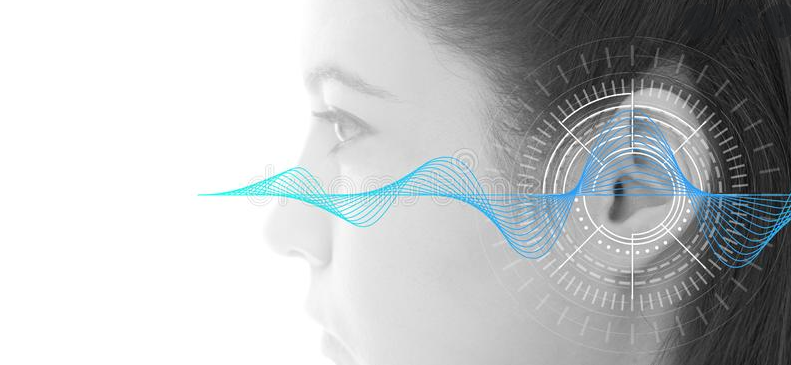
Hear This: A Guide to Better Audio
What is arguably the most important aspect of a conferencing space that is often not given the attention it deserves?
If you guessed “how the room sounds,” you are correct!
Poor audio can make a break or break a conferencing space. What’s the point of having a conferencing space if you can’t be heard clearly?
With that said, let’s talk about a high-level approach to achieve consistently great sounding rooms.
All too often, those who have the ability to make a room sound great are brought into a project after it’s too late for them to make a significant difference. I believe that this is the root of the problem. Even top-of-the-line audio gear and a great DSP programmer can’t overcome a room that isn’t acoustically sound!
This brings me to my first step:
Learn about the room you are working in.
The acoustics of a room can tell us much of what we need to know when it comes to how well certain equipment will work in a conferencing space. Some of the biggest problems I’ve run into when it comes to tuning a room have nothing to do with equipment; rather, it is the way the room itself was designed.
I get it! All glass walls, marble tabletops and hardwood flooring look great, but it often sounds like you are yelling across a mountain range when you talk. It’s important to remember, if a room sounds bad in person will usually sound worse in a conference call. There are two incredibly important measurements that can be taken to tell if your room needs acoustic treatment: Noise Floor and Reverberance.
Knowing how to properly identify and address issues regarding noise and reverberance in a room will solve most of your potential audio issues before equipment is even installed. (For reference, the target reverberance should be less that ½ second and the target signal-to-noise ratio measuring the noise floor should be around.25dB.)
Use the right equipment for the space.
Sometimes the acoustics of a room are simply out of our control due to factors that are unable to be managed or are misunderstood. Luckily, there is a lot of equipment available to help mitigate poor acoustics. However, it is important to note that even with great acoustics in a space, selecting the proper microphone, audio DSP, speakers, amplifiers, etc. for the situation is monumental in achieving a great sounding room.
Hypothetically, let’s say we’re dealing with a noisy and reflective room. It becomes critical to understand what types of microphones will and won’t work in this type of environment. (If I had a dollar for every time I’ve seen hours spent trying to get a noisy room to sound good with ceiling microphones, I’d be writing this article from a private villa in Tahiti.) My point is: know what type of room you’re working with and ensure that the equipment is suitable. There is a right product for every application and choosing the right product(s) for the space is just as valuable as having a good audio DSP programmer to configure and tune it.
Speaking of audio DSP programmers…
A good audio DSP programmer is worth their weight in gold.
Would you ask a plumber to re-roof your entire house? I’m guessing you probably wouldn’t, unless you know that plumber is also a professional roofer. Similarly, something as important to a room as the audio quality should be left to someone with the experience and knowledge to consistently achieve the results that the client expects. Can a control programmer or an installation technician become an accomplished audio DSP programmer? Of course, but we have to stop pretending that everyone with ears and a laptop is qualified for the job.
All too often audio DSP programming is overlooked to the point where the person with some spare time on their hands is the one chosen to take on that role for a specific project. I’ve made about every mistake you can think of when it comes to audio DSP programming, but the ability to learn from those mistakes and consistently having the opportunity to improve is key to becoming an expert at anything. Choosing the right audio DSP programmer ahead of time will lead to greater success.
Testing the room as if you’ll have to use it for the rest of your life.
There are always reasons why testing gets cut short or rushed though. We have deadlines to hit, customers are waiting to use the room, it’s Groundhog Day and only that room offers the best lighting allowing Chuck to see his shadow, etc. A lot of these things are beyond our control, but when allowed the time, testing every possible scenario in a room is paramount to hearing the outcome of all of the hard work that went into a project. Poor testing is the leading cause of being called back to a jobsite. Why put in days, weeks, or even months of work only to check out right when you’re in the home stretch? Test. Test. Test!
The nuances of audio DSP programming shouldn’t be left to just anyone. Control Concepts has audio and AV control system experts on staff that can help!
If you would like to learn more and continue the discussion, reach out to me mikes@controlconcepts.net, visit the Control Concepts website, or contact us via email projects@controlconcepts.net or phone (201) 797-7900.
Mike Spadafora is an AV veteran with a strong professional background in audio DSP programming, audio engineering, and system commissioning. He is a seasoned control system programmer and aspiring software developer contributing to many aspects of Control Concepts’ offerings and client relationships.
- Posted In:
- Audio DSP
Mike Spadafora
All stories by: Mike SpadaforaYou might also like
-
Leadership Lessons from Ted Lasso https://controlconcepts.net/wp-content/uploads/2022/02/EzqZSssA8edgrcAMRZDavM-970-80.png-1-e1644254221187.webp 400 565 Steve Greenblatt Steve Greenblatt https://secure.gravatar.com/avatar/2e3b2cb4ec84edcb6983a3711b205d17e3232bf366d96099b3291c500d06f4b2?s=96&d=mm&r=g

-
-




